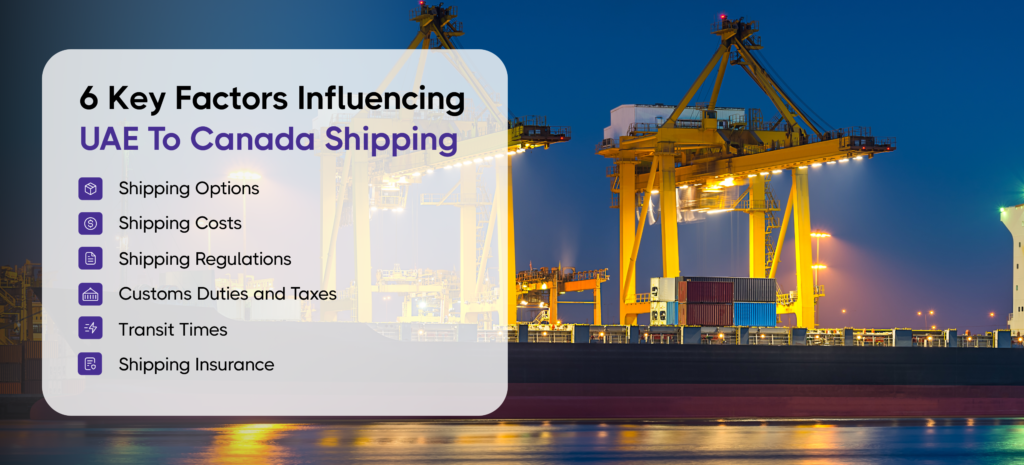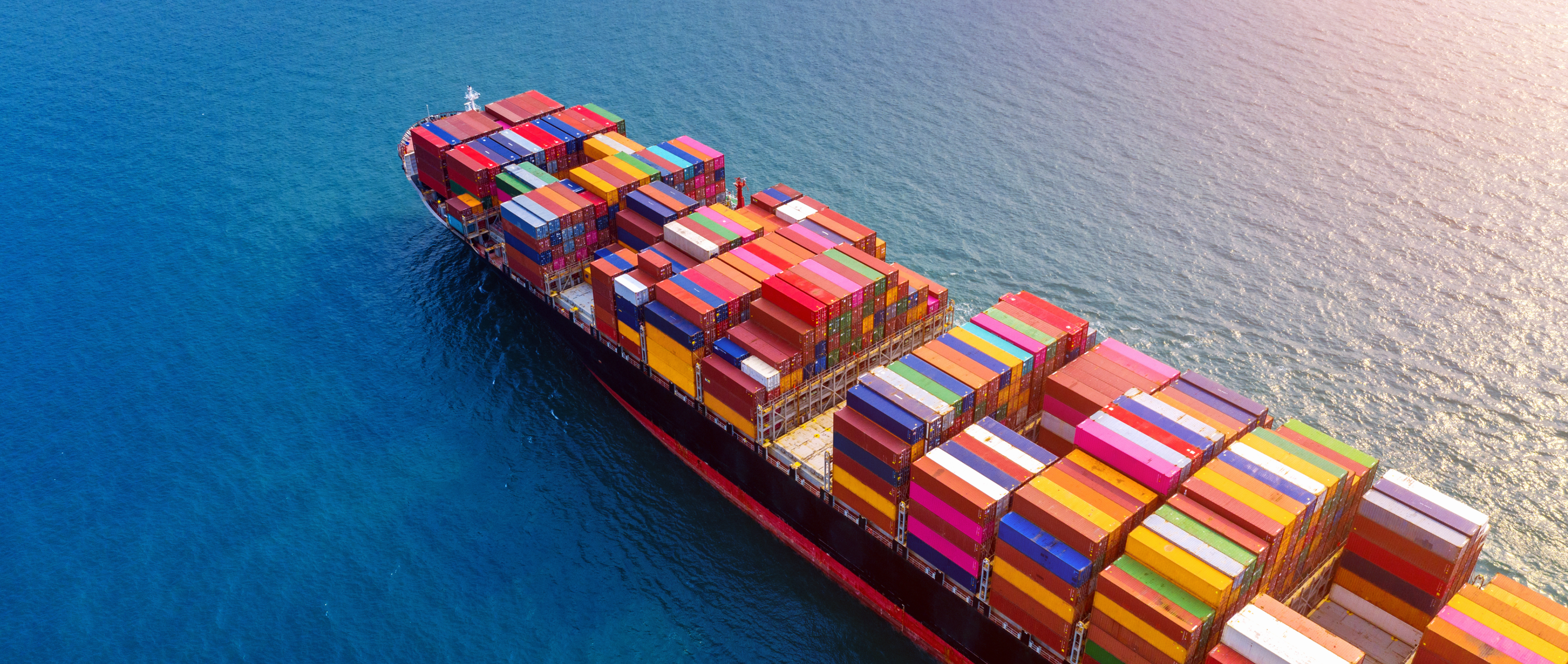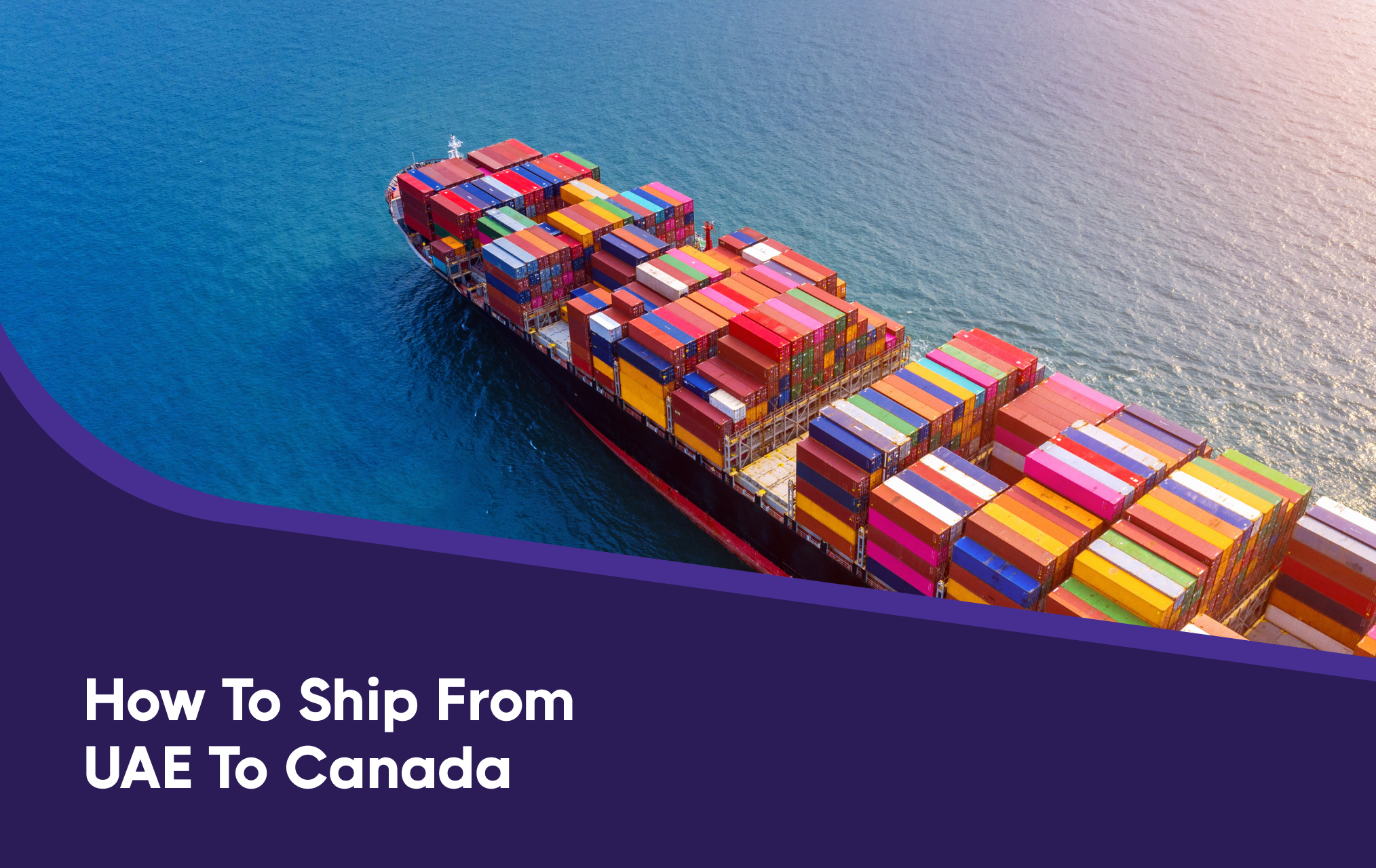If you’re shipping from the UAE to Canada, you’re navigating a complex logistics web made up of various elements and considerations.
Whether you’re a business owner looking to expand your market reach or an individual relocating overseas, understanding the complexities of international shipping is crucial.
Shipping from the UAE to Canada presents its own unique set of challenges and opportunities. The UAE, with its strategic location and robust infrastructure, is a major hub for international trade. Canada, on the other hand, is a vast country with a diverse economy and stringent customs regulations.
To successfully navigate the shipping process between these two countries, you’ll need to plan carefully and consider various factors, including shipping costs and regulations, transit times, customs clearance, and shipping insurance.
We’ve put together this guide to UAE to Canada logistics, covering key considerations and essential tips for ensuring a smooth shipping process. By understanding the intricacies of international shipping and being prepared for potential challenges, you can optimize your shipping strategy, minimize costs, and ensure your goods reach their destination safely and on time.

Whatever you’re shipping, this guide will equip you with the knowledge and tools needed to navigate the complexities of shipping from the UAE to Canada with confidence. Here are the 6 key factors influencing UAE to Canada shipping.
1. Shipping Options
- Air Freight: Ideal for urgent or high-value shipments. With air shipping, you get faster transit times, but at a higher cost than other modes of transport.
- Sea Freight: Suitable for larger, less time-sensitive shipments. It's certainly a more cost-effective shipping method, but be prepared for longer transit times.
- Multimodal Shipping: Combines different modes of transport (e.g., air, sea, rail, and road) to optimize cost and efficiency. This option is suitable for complex logistics needs.
- Courier Services: Great for small parcels and documents. Companies like DHL, FedEx, and UPS offer door-to-door services with tracking and faster delivery times.
- Post Office: An economical option for smaller, non-urgent packages. This option uses Emirates Post and Canada Post to provide international mailing services; it’s more affordable than courier services, but transit times are longer.
However you ship, choosing the right logistics partner is crucial. Look for providers with international shipping experience; end-to-end services, including pick-up, packaging, documentation, and delivery; and a reliable track record in customer service.
2. Shipping Costs
When estimating your shipping costs from UAE to Canada, it’s best to request quotes from multiple carriers. In addition to cost, you should also compare the services available in order to find the best value.
Your shipping costs will vary based on the method you choose:
- Air Freight Costs: Charged based on the weight and volume of the shipment.
- Sea Freight Costs: Charged based on container size (e.g., 20-foot or 40-foot containers).
- Multimodal Costs: Variable depending on the combination of transport modes used.
- Courier Costs: Typically higher per kilogram than air or sea freight, but include door-to-door delivery and faster service.
- Post Office Costs: Generally lower for small parcels but with longer delivery times.
Be mindful of additional costs, including:
- Fuel Surcharges: Based on current fuel prices.
- Handling Fees: For loading and unloading the shipment.
- Documentation Fees: For processing necessary paperwork.
3. Shipping Regulations
3. Shipping Regulations
Navigating shipping regulations and Canada customs clearance is another critical aspect of UAE to Canada logistics.
Essential documentation includes:
- Commercial Invoice: Lists the goods being shipped and their value.
- Packing List: Details the contents, dimensions, and weight of each package.
- Certificate of Origin: Verifies where the goods were produced.
- Bill of Lading: A contract between the shipper and carrier detailing the shipment.
It's also important to ensure that your goods comply with Canadian import regulations, so remember to:
- Check for any restrictions or prohibitions on certain products.
- Verify labeling and packaging requirements for specific goods.
4. Customs Duties and Taxes
Goods imported into Canada may be subject to customs duties and taxes, which depend on the type and value of the goods being imported.
To help you plan your shipment and costs, you can use the Canada Border Services Agency (CBSA) website to calculate potential duties and taxes.
5. Transit Times
Shipping timelines from UAE to Canada vary depending on the mode of transport you choose.
- Air Freight: Typically takes 3-7 days, depending on the specific route and carrier.
- Sea Freight: Can take 4-6 weeks, depending on the port of origin and destination.
- Multimodal Shipping: Transit times vary widely based on the combination of transport modes but can be optimized for cost and efficiency. Generally, multimodal shipping can take 1-3 weeks, depending on your logistics strategy.
- Courier: Usually takes 2-5 days for express services, with standard options taking slightly longer.
- Postal: Delivery times can range from 2-4 weeks or longer, depending on the service level and destination.
Keep in mind that shipping timelines can be affected by several factors, including weather conditions, port congestion, and customs clearance delays.
6. Shipping Insurance
Shipping insurance from UAE to Canada is a crucial consideration for protecting your shipment against loss or damage.
There are two types of insurance:
- All-Risk Insurance: Covers a wide range of potential risks.
- Named Perils Insurance: Covers specific risks outlined in the policy.
When choosing coverage, assess the value of your goods and the risks associated with your chosen shipping method. Comparing insurance options from different providers will help you find the best coverage for your needs.
Final Tips
To ensure a successful shipping experience, plan ahead and allow ample time for the process, including potential delays. Stay informed about any changes in shipping regulations or costs, and maintain regular communication with your logistics provider for updates on your shipment. By considering these factors, you can take on your UAE to Canada logistics with ease.
Looking for a shipping partner with the international shipping know-how to ensure a successful and hassle-free shipping experience? Reach out to eShipper— your Canadian logistics partner in the UAE— today.




